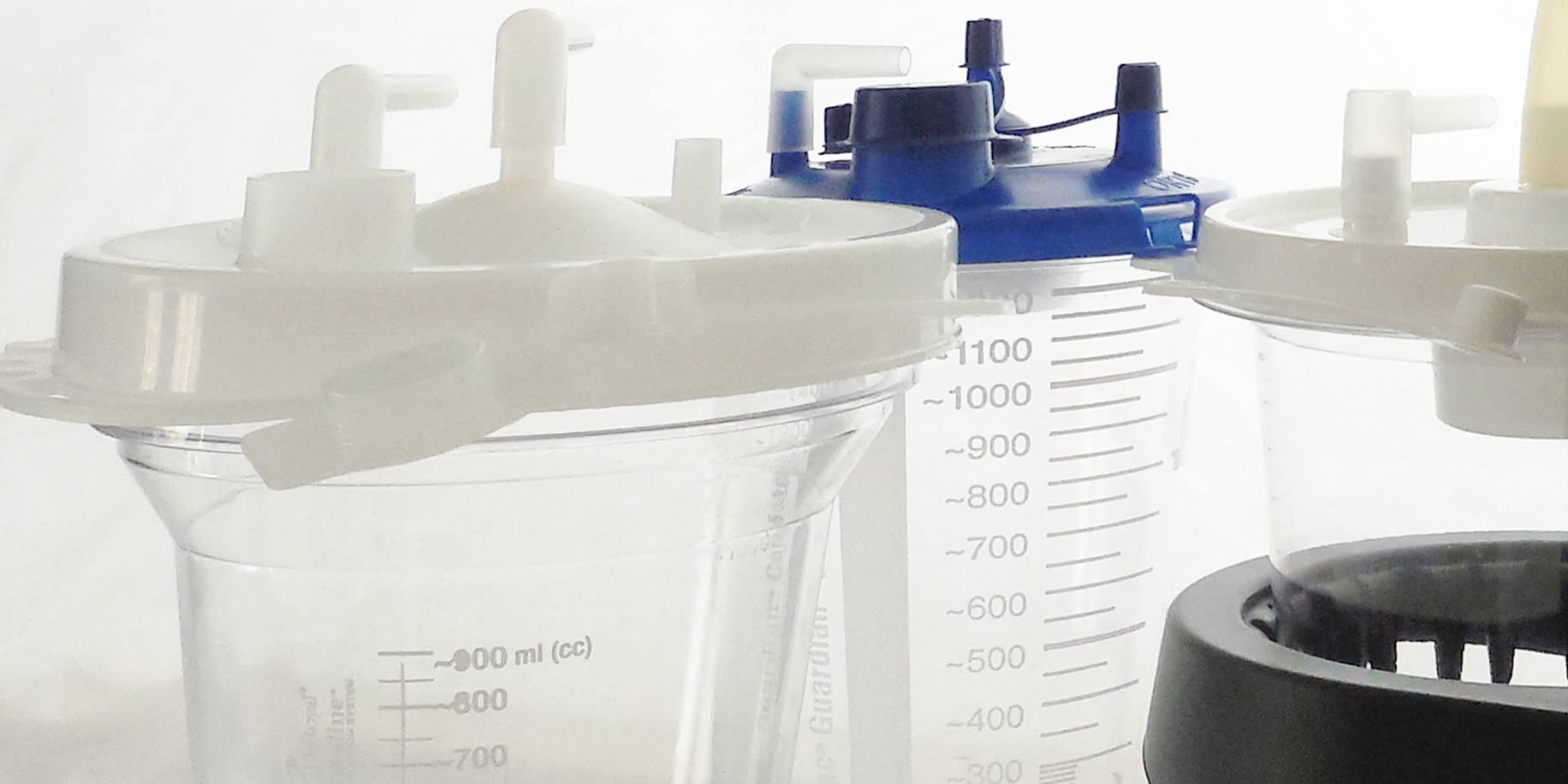
In the event of a pandemic or other health emergency, hospital emergency departments and intensive care units can become overwhelmed. Doctors, nurses, and medical personnel are being asked to go above and beyond to protect patients — and to do it quickly.
Respiratory symptoms are the primary issue during cold and flu season. In these situations, and in the many other emergencies that require intubation, proper airway management is vital. Intubation can be dangerous or even impossible to perform in patients who are at risk of aspiration, and patients who aspirate may choke and have a higher long-term mortality rate because of exposure to bacteria and other pathogens.
Efficient suction allows hospital staff to clear harmful particles, fluids, toxins, and blockages, making intubation safer and easier. Today, portable suction devices are ideal for fast-moving emergency departments, crash carts, patient transport, surgical suites, and anywhere suction is needed.
However, personnel should practice these safety measures before, during, and after suctioning procedures:
Mask up
Personal Protective Equipment (PPE) is commonplace in hospitals today. Even before the pandemic, surgical masks, face shields, gloves, and more were frequently used, depending on the department and procedures being performed.
During airway suction, using PPE is perhaps the most effective and immediate way for hospital personnel to protect themselves. While suction is meant to capture potential emissions from a patient, it remains possible for harmful bacteria or pathogens to escape the esophagus or mouth and make it into the air.
Clean (and keep cleaning)
Sanitization is a priority in hospitals, so suction equipment must be disinfected between every use. Not only do the tubes or catheters used for the procedures become covered in the patient’s emissions, but the aspirator units themselves are susceptible to becoming covered in stray fluids or material. Pay special attention to handles.
Stay charged
Portable suction devices, such as those offered by SSCOR, are AC-powered, but they also have battery backups for emergencies. Imagine in a worst-case scenario of a hospital power outage, a fully charged suction device may be a lifeline for a patient who requires intubation.
Additionally, the SCCOR DCell Suction device provides a useful backup when external power is unavailable. It is the world’s first and only full-sized portable suction device powered by off-the-shelf alkaline batteries.
Test and replace
Just as bad as losing power — or maybe even worse — is starting up a suction device and finding it won’t start. That’s why regular testing and maintenance of these devices is important. Those in charge of equipment should keep records of when devices are purchased, as well as warranty information.
Learn more about how often you should replace your suction devices.
Take your time
Emergency procedures conjure scenes of doctors and nurses rushing to a bedside, frantically yet skillfully saving a life — but that drama may not have a happy ending if rushed.
It can be easy to trip over a suction device’s cord or pull one out if someone isn’t watching their feet. During the suctioning itself, a careful, considered approach is necessary, so the person operating the device remains steady, is not using too much or too little suction, and is vigilant to not injure the patient’s airway.
The right tools go a long way to protecting patients and setting the stage for a successful intubation. For example, the SSCOR SDC Catheter™ (Formerly the SSCOR DuCanto Catheter®) is curved to mimic the shape of a patient’s airway and is specifically designed for the SALAD (Suction Assisted Laryngoscopy and Airway Decontamination) technique to facilitate safe, effective suctioning.
Editor's Note: This blog was originally published in September, 2021. It has been re-published with additional up to date content.















